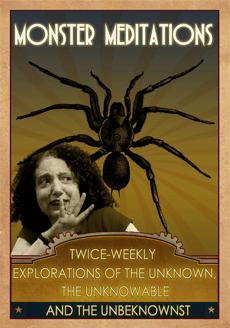Nope, this is not a variation on the show don’t tell mantra. Today I’m straying from the written word, to its dramatic cousin—the TV & movie detective.
Home with the flu means streaming video. I ran through the entire new season of “Crossing Borders” enjoying every minute. I love racing through familiar locations (Berlin, Brussels, Amsterdam, etc.) and Donald Sutherland as the tireless prosecutor in the International Criminal Court. Of course the downside of binge watching with the flu is that the series ends before the virus clears your system. I revisited “Midsomer Mysteries”; watched too many episodes of “Criminal Minds”; and dipped into various stripes of police procedural, detective and mystery TV.
This brings me to the needs of visual storytelling on the page versus the visual storytelling for VISUAL media. The different uses for action became apparent during the season premiere of “Bosch” (Amazon series based on Michael Connelly’s books). In the opening scene the protagonist is shown running up a steep hill. This demonstrates to the viewer—and on the page it would show the reader—that, although he’s no longer young, he’s in good shape. Setting his temper aside, he’s disciplined and not afraid to sweat.
A few scenes later, he demonstrates that his brain is also firing on all cylinders. His younger colleagues accept the skinny, bearded man in a wheelchair, wearing an oxygen mask as the disabled father of a suspect. But Detective Bosch is skeptical. He goes outside and taps the oxygen tank and then, standing behind the wheelchair, he pinches the tubing. The man does not miss a beat in his conversation—thus confirming that the man is not reliant on oxygen and is likely the son not the father.
On the written page, a detective would clamp a vice like hand on the shoulder of the man in the wheelchair and say something clever. The criminal would be arrested—either without incident or after some kind of verbal exchange. But visual media require more action. Bosch knocks the man out of the wheelchair and the young man springs into action, pushing by Bosch and running outside. One cop pursues by car, while Bosch and his much younger—and better-dressed—colleague go after him on foot. It’s a crazy chase, over walls & fences, on pavement & mud, etc. Bosch lands him with a dramatic tackle. LOTS of visual, but on the page, a regular reader of mysteries would sigh and wonder why let him run in the first place? The chase scene was a requirement of the TV detective story. Visual, visual, visual… Compare & contrast as the fever wanes.






Meh…sorry you’re down with the flu. Not much fun, even with wall-to-wall TV series. I did enjoy your point about the difference between the visual and the written. Internal monologues/thought processes have to be acted out as well, and often fall flat in a visual medium. I’ll take the novel over the TV any day. 😀
There is something natural about the interaction between the reader and the written words. We’re passive when we just watch the screen. Of course Gamers combine the interaction with the screen. And with the flu… passivity is preferred. So glad I’m basically recovered. It was a nasty virus.
As for those internal monologues, you are spot on! They usually fall flat in a film and they are an acceptable, natural experience in written fiction.